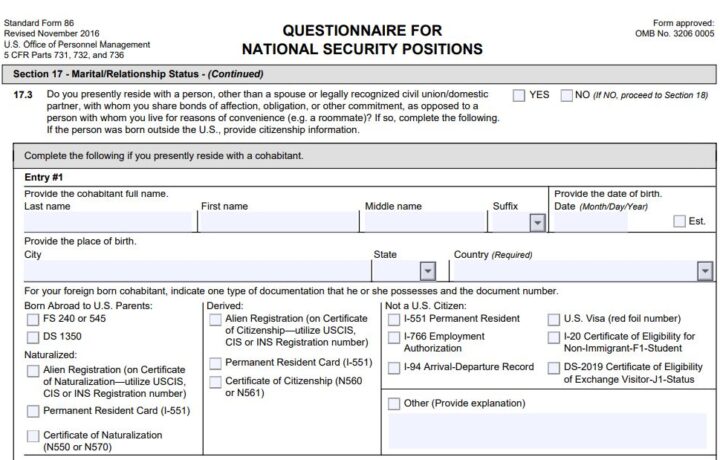Changes in security clearance policy over the past several years have aimed to improve the process and make classified data safer. Muscle movements in the personnel vetting process have largely been seamless for candidates. But one common question that many cleared candidates continue to ask is why, under CV, they still have to submit an SF-86 – and what is the cadence?
Submitting an SF-86 Every Five Years
CV is catching potential issues faster, but it doesn’t eliminate the need for cleared candidates to re-certify that their data is correct and accurate. And that’s one of the purposes of submitting a new SF-86 every five years. For cleared candidates, submitting the new form is an opportunity to update address, employment, and other details.
Submitting an updated SF-86 doesn’t mean cleared candidates don’t still have to self-report qualifying issues. The SF-86 cadence allows the government to ensure it’s made aware of changes that may be necessary for an accurate SF-86, but perhaps not reportable. It also allows for documentation of updated authorizations and disclosures.
In the wake of the Airman Jake Teixeira leaks, ensuring accuracy of data and accountability around cleared personnel is key. The good news is the rollout of the National Background Investigation Services (NBIS) and the full implementation of eApp will make sure a much more straightforward and streamlined updating process. Rather than updating all data – a true risk in the eQIP era – eApp is more intuitive, complete, and creates a security clearance record with (ideally) greater transferability through the security clearance holder’s career journey.




